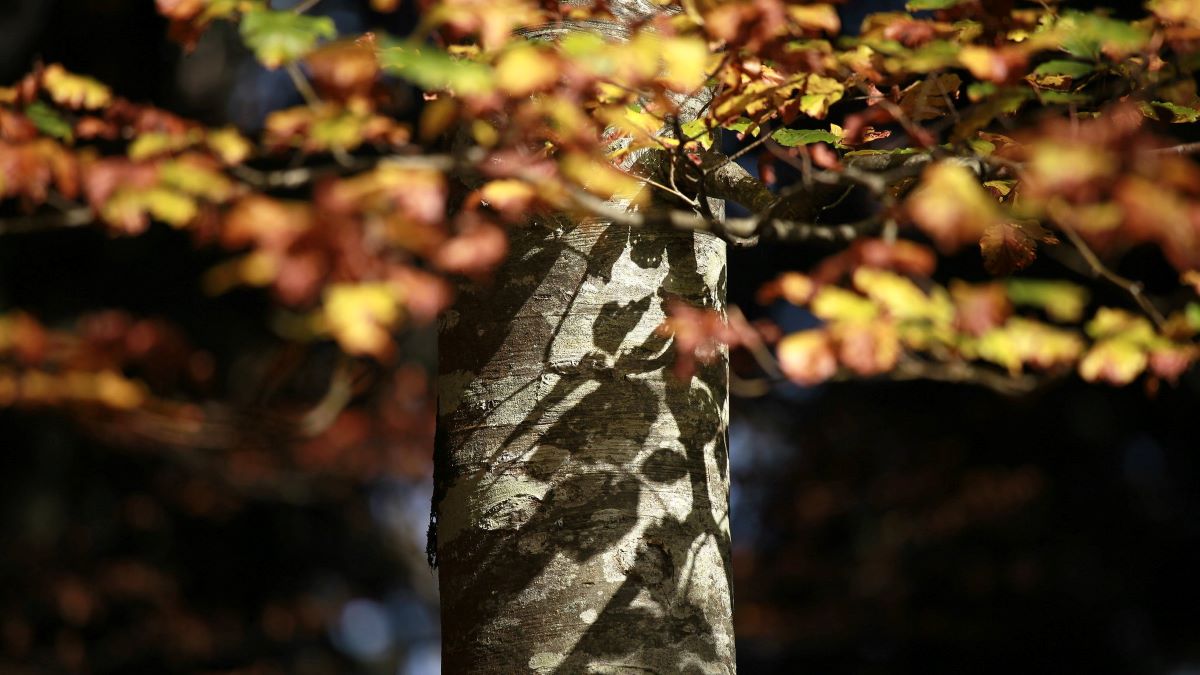As the brilliant colors of early fall fade in the northern U.S. states, many of us are preparing for the long winter ahead. In between dusting off our snow boots and digging out our favorite cozy sweaters, we can take some time to think about living sustainably in the cooler season.
With shorter daylight hours and lower temperatures, you may find yourself turning on more lights at home or taking long, hot baths. Of course, we all know that the same rules apply year-round when it comes to turning off lights and taking shorter showers to conserve water. Here are several friendly green living reminders for fall—including some new strategies for 2025.
Preserve Your Garden Goodies
Before the first frost hits your vegetable garden, preserve as much of your harvest as possible. In case you haven’t heard, canning is cool again, and for good reason. Canning provides you with fruits and vegetables during the months when they can’t be grown in your region. This helps you reduce your reliance on produce shipped in from distant warm-weather climates (which adds to your carbon footprint). If you’ve been growing herbs, The Spruce has some tips for drying and storing herbs for use throughout the colder months.
Check Your Tires
Cooler temperatures can lower tire pressure and under-inflated tires reduce your car’s fuel efficiency. It takes just a few minutes to inflate your tires to the proper pressure and it’s well worth the grimy fingers. And while you’re at it, check your car service records; is it time to rotate your tires yet? By regularly rotating your tires, you make sure your tires wear evenly. Regular rotation can extend your tire life and improve your gas mileage.
Clean and Test Your Furnace
Did you know that your furnace needs regular cleaning? Throughout the year, it collects lots of dust and debris, both of which can affect the furnace’s performance and could even cause a fire. Clean out or replace your furnace filter regularly, about every three months, and get your furnace serviced by a professional before the cold weather calls.
Upgrade to a Smart Thermostat
According to Energy Star data, smart thermostats save homeowners an average of 8% on heating and cooling bills—about $50 annually, with even greater savings in regions with extreme temperatures. The devices work by detecting occupancy through motion sensors or smartphone location tracking (geo-fencing), learning your preferences over time, and adjusting automatically. Many models also integrate with utility demand response programs, allowing you to save even more during peak energy usage times. Popular options in 2025 include the Nest Learning Thermostat (4th Gen), ecobee SmartThermostat with built-in voice control and room sensors, and the more budget-friendly Honeywell Home T9. Check with your utility company for rebates—many offer $50-$150 off the purchase price, which can help the thermostat pay for itself within one or two years through energy savings.
Bring In the Houseplants
If your houseplants spent the summer outside, don’t forget to bring them in before it gets too cold. If you don’t have any houseplants, maybe now is a good time to consider getting one or two. Not only do plants brighten up the interior of your home, but they may reduce stress and improve air quality. Since most of us in cooler climates open the windows less frequently in the winter, houseplants can do a lot to improve your indoor air quality.
Do Some Yard Work
If you have a yard, spend some time getting it ready for the winter. Scoop up any fallen leaves and use them in the garden as mulch to protect plants throughout the winter — or add them to your compost pile. Fall is the time to plant spring bulbs and some perennials. And you can also plant many types of trees and shrubs in the fall, which will give them enough time to develop a deep root system over the winter months and reduce their water needs come spring.
Leave the Leaves (Strategically)
Rather than bagging all your fallen leaves for disposal, use them as a valuable resource. Leaves are packed with nutrients and carbon that enrich soil health. You have several sustainable options:
- Create leaf mulch: Shred leaves with a mower and spread them around garden beds to protect plants throughout winter and add organic matter to soil
- Add to compost: Mix leaves (brown material) with green material like food scraps for balanced compost
- Leave some on the lawn: A light layer of shredded leaves can decompose over winter, feeding your lawn naturally
- Create wildlife habitat: Pile leaves in a corner of your yard to provide shelter for beneficial insects and small animals
Embrace Active Transportation
Don’t just work in the yard. Fall’s crisp weather provides ideal conditions for biking or walking. When possible, choose these active transportation options over driving. Not only do you reduce emissions, but you’ll also enjoy the beautiful autumn scenery and get exercise. It’s a win for personal and planetary health.
Hibernate Responsibly
We all love the coziness that candles provide during the cooler months, but did you know that most candles on the market are made from paraffin wax, a product of petroleum refining? A more environmentally friendly choice is candles made from beeswax — even better if you can find them at a local market or craft fair to avoid the carbon costs of shipping. Be sure to do your research before you stock up on products that make you feel cozy during the fall and winter.
Feature image courtesy of Jenny Downing
Editor’s note: Originally published on October 20, 2015, this article was updated in October 2025.
Source link
Earth911 earth911.com

